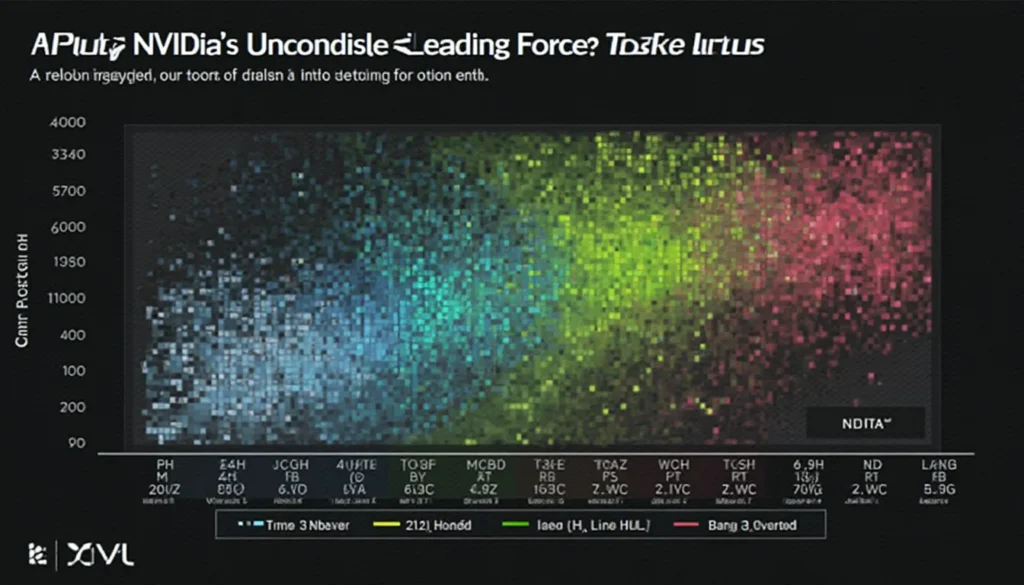Russia’s Mastery of Generative AI in Disinformation
Russia’s application of generative artificial intelligence (AI) to bolster its disinformation campaigns, especially against Ukraine, has become an area of substantial concern globally. This modern shift in strategy was notably pointed out by Ukraine’s Deputy Foreign Minister, Anton Demokhin, at a cyber conference. By incorporating AI into their arsenal, Russian disinformation campaigns have reached unprecedented levels of sophistication, making them exceedingly challenging to detect and thwart.
Generative AI has permitted Russia to produce disinformation with greater intricacy and finesse. This technology enables the creation of content that appears authentic, complicating efforts to differentiate between truth and falsehood. This evolution in disinformation tactics signifies a looming global threat, necessitating a unified response to devise effective counter-strategies to maintain informational integrity.
The Diverse Mechanisms and Implications
Russian disinformation exercises a wide-ranging presence on social media, wherein fabricated narratives are extensively promulgated. These activities are designed to generate a semblance of authenticity and are often executed by intermediary bodies like the Social Design Agency (SDA), a Kremlin-affiliated subcontractor. The SDA alone is responsible for generating millions of fabricated posts, effectively floating disinformation into the public sphere.
Russia’s exploitation of generative AI is not confined to Ukraine but extends to multifaceted contexts, including upcoming events like the 2024 Paris Olympics. By using AI to create faux media content, such as videos and music, Russia aims to manipulate perceptions and narratives concerning these major international events. The advanced technical capabilities, featuring lifelike images, audio, and video content creation, enable disinformation to permeate various cultural contexts seamlessly.
These campaigns substantially aim to influence public viewpoints, particularly concerning support for Ukraine. There is tangible evidence that these disinformation efforts are partially successful, causing perceptible shifts in public opinion abroad. This showcases the urgency for targeted countermeasures to mitigate the harmful influence Russia exerts through these digital machinations.
Collaboration and Counteraction
To combat these disinformation tactics, Ukraine has adopted its own AI measures to monitor and counter misinformation. This highlights the importance of fostering international collaborations to tackle the AI-driven disinformation threat effectively. Collaborative international efforts are crucial not only for safeguarding national narratives but also for protecting democratic values worldwide from malign foreign influences.
Russia’s strategic deployment of AI in disinformation forms part of a broader continuum that includes various forms of cyber interference and manipulation efforts. This overarching strategy aligns with historical techniques of psychological warfare aimed at destabilizing target states or regions. Interestingly, many of these tactics echo methods previously employed during the Cold War, albeit enhanced with modern technological tools.
International and national authorities are increasingly aware of the need for heightened vigilance and responsive measures. Efforts such as those by the U.S. Justice Department to seize domain names and scrutinize social media accounts associated with Russian disinformation operations exemplify proactive steps being taken. Such legal and enforcement actions are essential components in a comprehensive strategy aimed at disrupting and prosecuting actors behind these campaigns.




